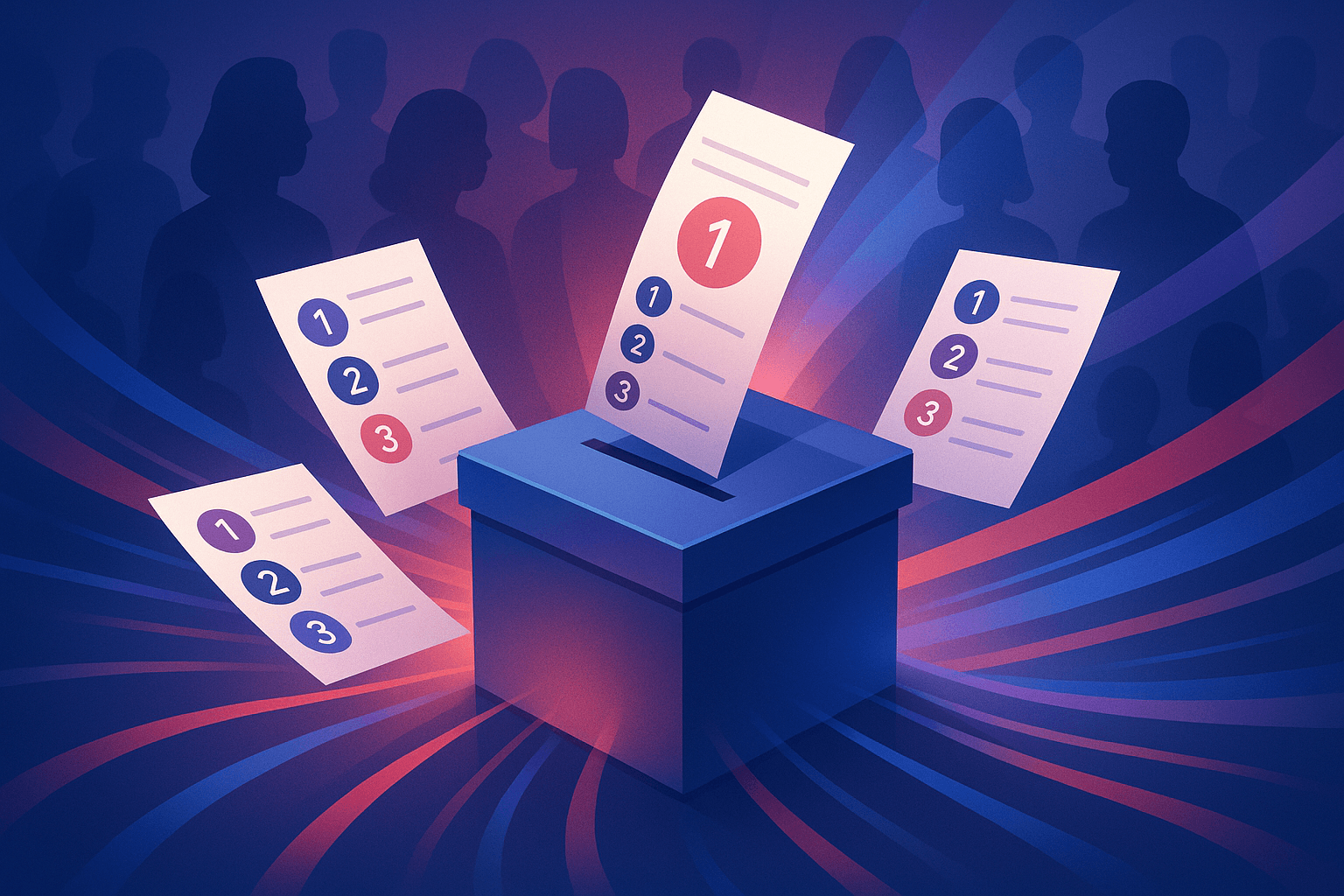Independent Voter Project Conference: Practical Solutions Missing in Debate over Rising Energy Costs
At the national level, the conversation on energy and climate is usually portrayed as a zero-sum game, where a victory for one side means a defeat for the other. One is either a climate science denier or doesn’t care about environmental hazards associated with energy production.
However, California shows where this tired, simplistic narrative breaks down. During the Independent Voter Project’s annual Business and Leadership Conference, discussions about energy brought together lawmakers and energy experts for a frank discussion on what energy future lies ahead in the Golden State.
In the last few years alone, the state has set some of the most ambitious carbon emissions goals in the country. This year, Governor Jerry Brown’s Executive Order B-30-15 set a statewide goal in greenhouse gas emissions to 40 percent below 1990 levels by 2030.
Similarly, additional recent legislation has increased green energy mandates. So now, energy producers as well as policymakers will need to focus on determining the true economic impact of those energy policies, and ensure that they are implemented correctly.
While over a dozen energy-related bills have been signed into law in recent years, it is hard to discern whether or not they are actually having the intended effect. Yet, what is known is that the cost of energy is rising in California and it can be attributed to three factors: upgrading outdated infrastructure, increasing cost of fuel, and environmental requirements.By 2024, the California Energy Commission estimates that California’s five major electricity providers may need to deliver as much as 321,000 gigawatt hours of electricity annually.
Ultimately, what the average consumer or business will be confronted with is a rate increase of about 5 percent to 7 percent in electricity costs each year.
A similar picture emerges when it comes to fueling California’s transportation economy. Californians drove over 330 billion miles last year and according to the Energy Information Agency:
More motor vehicles are registered in California than in any other state, and commute times in California are among the longest in the country.
In short, fossil fuels will remain a major part of how goods and individuals get around on California’s roadways for years to come. But right now, uncertainty regarding how costly and how available those energy products will be in as little as 5 years has the potential to broadly stifle investment in the state.
Industries like shipping or trucking, even California's local schools will be impacted by higher energy costs - some of which could be mitigated by reassessing how existing laws are impacting energy consumers.
One example, which highlights where such uncertainty can come from, lies in the low carbon fuel standard compliance schedule (LCFS).
According to the LCFS, required decreases in carbon intensity through 2020 may balloon up to 10 percent, but the implementation of the schedule hasn’t lined up with what was initially approved.
Without a concrete expectation of exactly where petroleum producers will need to be in terms of carbon intensity reduction, it’s costly and difficult to map out exactly how they will reach 'green’ energy mandates if there’s no way to know what those future mandates entail.
Given all of these factors, tomorrow’s energy solutions will not only need to work toward California’s leading role on the climate, but also realistically serve an economy where consumers and businesses will still need access to reliable, affordable energy resources.
"The key will be to have a legislature with access to accurate information so they can ask the right questions when making decisions," said Eloy Garcia, Partner, KP Public Affairs, chief lobbyist for Western States Petroleum (WSPA).
The key to preparing California's energy capabilities and infrastructure so that it meets environmental as well as consumer expectations will require a legislature that is both well-informed on the topic and confident enough to meet unfounded ideology with fact-based, substantive policy.
Image: Waterandpower.org



